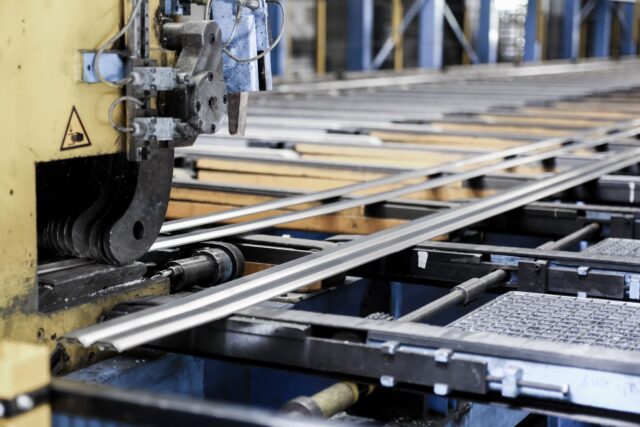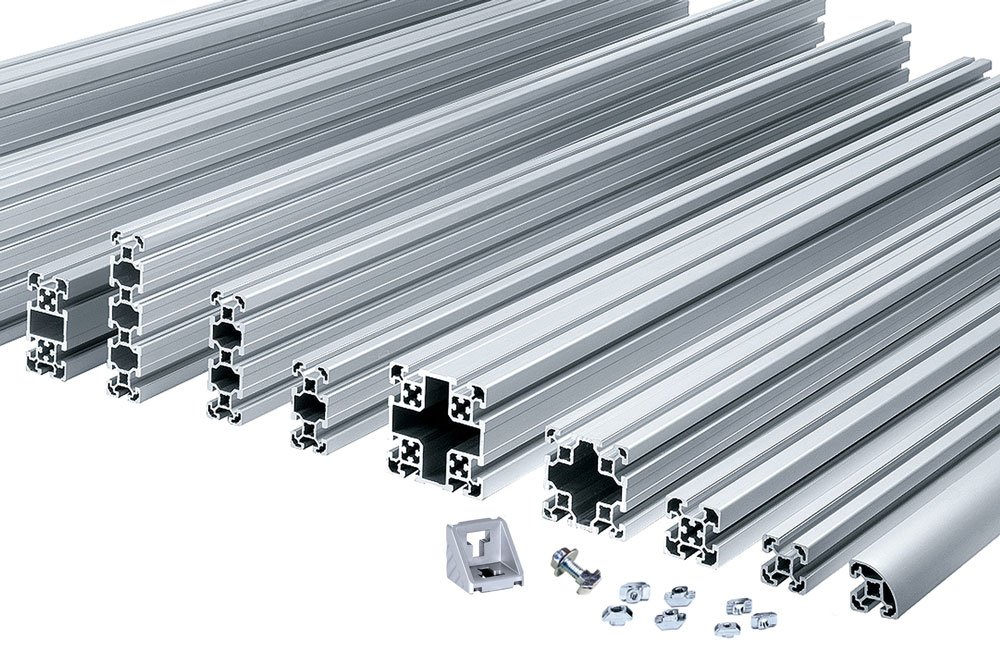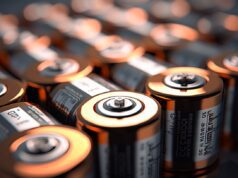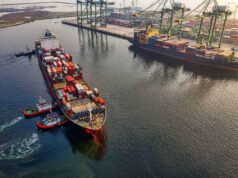
The use of aluminum extrusions in the renewable energy sector is becoming increasingly popular. This trend is driven by aluminum’s unique properties that make it ideal for use in many applications within the industry.
Aluminum extrusion provides a lightweight and highly cost-effective solution to manufacturers, making it an attractive choice for any kind of renewable energy application. From solar panels to wind turbines and more, aluminum extrusions are being used in a wide range of projects with great success.
Not only does aluminum provide strength and durability but also has excellent corrosion resistance which makes it suitable even for harsh environments. With its ability to be formed into almost any shape or size, aluminum extrusion can help bring about improved efficiency and performance as well as reduced manufacturing costs in various renewable energy applications.
In this article we will explore the role of aluminum extrusions in the renewable energy sector, providing insight into how they are helping push forward technological advancement within this rapidly growing industry.
Increasing Efficiency with Aluminum Extrusion Solutions
Aluminum extrusion solutions are widely used in the renewable energy sector to increase efficiency and optimize production. By utilizing aluminum extrusions, plant operators can save time and money by ensuring accurate measurements with minimal waste.
In addition, aluminum is lightweight yet strong, making it an ideal material for use in wind turbines, solar panels, and other renewable energy applications. Furthermore, its malleability makes it a great choice for customizing designs to better suit specific needs.
Moreover, aluminum’s recyclability further enhances its credentials as a green product; allowing companies to reduce their carbon footprint while still providing high-end products that meet stringent industry standards. Finally, because they require no welding or machining after installation onsite – unlike steel or iron – aluminum extrusions can offer significant cost savings too when compared with alternative materials over the long term.
The advantages of using aluminum extrusions in the renewable energy sector are clear: increased efficiency through precision fabrication coupled with reduced costs thanks to faster installation times and lower maintenance requirements make them an obvious choice for those looking for sustainable solutions that will stand up against even the most challenging conditions over time.
Streamlining Processes for Renewable Energy Projects

The use of aluminum extrusions in renewable energy projects has revolutionized the way these projects are completed. By streamlining processes, aluminum extrusions help reduce costs and improve efficiency.
This is especially true when it comes to solar panel construction and wind turbine blade fabrication. Aluminum extrusions can not only be custom designed for specific applications, but they also provide an affordable and reliable solution that is suited for a wide range of renewable energy projects.
Additionally, the lightweight nature of aluminum makes it easy to install compared to heavier materials such as steel or iron. With its many benefits, the use of aluminum extrusions for renewable energy projects has become more widespread in recent years.
These advantages have enabled project teams to increase their productivity while reducing expenses associated with installation and maintenance. As a result, renewable energy companies can now create larger-scale projects without having to incur excessive costs to do so.
Furthermore, this technology helps ensure that each project meets industry standards while providing superior performance capabilities at a fraction of the cost compared with traditional methods used before its emergence on the market.
Leveraging the Benefits of Aluminum Extrusions in Renewable Energy Applications
Aluminum extrusions are increasingly becoming an essential component in renewable energy applications due to their advantages over traditional materials. Aluminum is light, strong, and durable, making it ideal for use in a variety of energy-saving solutions.
As the demand for green energy continues to rise, aluminum extrusion technology has become increasingly valuable for its ability to reduce production costs while maximizing efficiency. From solar panel frames to wind turbine blades and electric vehicle components, aluminum extrusions can be found everywhere from small home installations to large industrial projects.
Due to their lightweight and corrosion-resistant properties, these components can withstand long-term exposure without degradation or failure – even in harsh outdoor conditions like extreme temperature fluctuations or high humidity levels. This makes them well-suited for both rooftop photovoltaic systems as well as offshore wind farms where reliability is key.
In addition to the obvious cost savings associated with using aluminum instead of other metals such as steel or copper alloys, manufacturers also benefit from shorter lead times since extruded parts require less time in production than machined parts do. Manufacturers have greater flexibility when designing complex shapes with fewer restrictions on complexity which leads directly to improved performance by reducing weight while maintaining strength requirements at the same time – saving money and resources.
The combination of lower manufacturing costs plus excellent longevity makes aluminum extrusions an attractive choice for renewable energy applications that must meet strict environmental standards yet remain cost-effective over long periods – allowing people around the world access this clean form of energy without breaking the bank!
Enhancing Durability and Performance Through Aluminum Component Design

Aluminum extrusions play a pivotal role in the renewable energy sector, facilitating increased durability and performance through improved component design. Through aluminum extrusion processes, components are manufactured with unique shapes to suit the specific needs of the project at hand.
This helps reduce material wastage while ensuring that all parts fit together precisely. Furthermore, aluminum is an ideal material for the renewable energy sector because it is lightweight yet durable and highly resistant to corrosion. Utilizing advanced manufacturing techniques allows engineers to create complex parts quickly and efficiently while also having complete control over their design specifications such as length, thickness, and strength requirements.
By using aluminum extrusions in the renewable energy sector companies can benefit from higher quality products that are more cost-effective compared to other materials used in this industry. Additionally, thanks to its superior heat transfer capabilities it can help optimize system operation by dissipating heat away from critical components which improve their overall lifespan and performance efficiency
Conclusion
Aluminum extrusions have become increasingly important in the renewable energy sector. Their superior strength and lightness make them ideal for a wide range of applications, such as solar panels, wind turbines, and other renewable energy components.
Aluminum extrusions offer improved structural integrity and performance with no welding or fasteners required. They also provide excellent corrosion resistance, helping to reduce maintenance costs over time.
Furthermore, aluminum seamless tubes are highly efficient when used in production processes due to their smooth internal finish which helps reduce turbulence within the system leading to higher efficiency levels. Overall, aluminum extrusions play a critical role in aiding the development of renewable energy sources around the world








